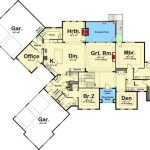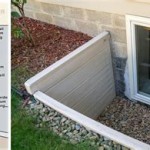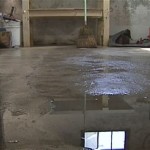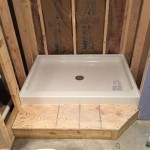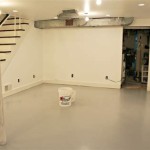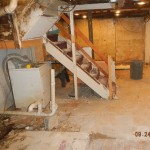How Much Does It Cost to Drywall a Basement Ceiling?
Finishing a basement adds valuable living space to a home. A critical component of this process involves installing drywall on the basement ceiling, creating a finished look and concealing utilities. Understanding the factors influencing drywall installation costs allows homeowners to budget effectively and make informed decisions.
Factors Affecting Drywall Ceiling Costs
Several variables play a significant role in determining the final price of drywalling a basement ceiling. These factors influence both material and labor costs, and understanding them provides a more accurate estimate.
Ceiling Height
Higher ceilings require more materials and labor, increasing the overall cost. Standard eight-foot ceilings are typically less expensive than taller basements, which may necessitate specialized equipment or additional personnel.
Basement Size
The square footage of the basement directly affects the quantity of drywall needed. Larger basements require more materials, longer installation times, and potentially higher labor costs. Accurately measuring the ceiling area is essential for a precise estimate.
Drywall Type
Various drywall types are available, each with different properties and price points. Standard drywall is the most common and economical choice. Moisture-resistant drywall is recommended for basements prone to humidity, while fire-resistant options offer added safety. The chosen drywall type will impact the total material cost.
Accessibility Challenges
Obstacles such as ductwork, pipes, and other utilities can complicate installation and increase labor time. Basements with complex layouts or limited access may require specialized techniques or additional workers, impacting the overall project cost.
Labor Costs
Labor costs represent a substantial portion of the total drywall installation expense. These costs vary depending on regional labor rates, contractor experience, and project complexity. Obtaining multiple quotes from reputable contractors is recommended for competitive pricing.
Material Costs
Material costs encompass drywall panels, screws, tape, joint compound (mud), primer, and paint. Fluctuations in material prices can influence the overall project budget. Accurate quantity estimations are crucial for minimizing material waste and managing costs effectively.
Additional Costs to Consider
Beyond the core expenses of drywall, labor, and materials, several additional costs should be considered. These can include permits, insulation, lighting fixtures, and finishing touches like paint or texture.
Permits
Depending on local building codes, permits may be required for finishing a basement, including drywall installation. Permit fees vary by jurisdiction and should be factored into the overall budget. Confirming permit requirements with local authorities is essential before commencing any work.
Insulation
Adding insulation to the basement ceiling enhances energy efficiency and comfort. Insulation materials and installation labor add to the project cost but contribute to long-term savings on heating and cooling expenses.
Lighting and Electrical
Installing or upgrading lighting fixtures and electrical outlets in the basement ceiling adds to the overall project cost. Planning lighting needs and incorporating them into the budget beforehand is crucial.
Finishing Touches
The final stage of drywall installation involves taping, mudding, sanding, priming, and painting. These finishing touches contribute to the overall aesthetic and require additional materials and labor, impacting the final project cost.
Estimating Drywall Ceiling Costs
While providing an exact cost figure without specific project details is challenging, a general estimate can be offered. Drywall installation typically ranges from $2 to $4 per square foot. This includes materials and labor for a standard eight-foot ceiling with minimal accessibility issues.
Obtaining Accurate Quotes
For a precise project quote, contacting local drywall contractors is essential. Providing detailed information about the basement size, ceiling height, accessibility challenges, and desired drywall type allows contractors to generate accurate estimates. Comparing multiple quotes ensures competitive pricing and facilitates informed decision-making.
Budgeting for Your Project
Creating a comprehensive budget for the basement ceiling drywall project ensures financial preparedness. Incorporate all material costs, labor estimates, permit fees, and additional expenses like insulation, lighting, and finishing touches. Contingency funds should also be included to address unforeseen issues or project changes.
Planning Your Drywall Installation
Careful planning is crucial for a successful drywall installation project. Thoroughly measure the basement ceiling, select appropriate drywall materials, and obtain multiple quotes from reputable contractors. Scheduling the project during less busy construction seasons may offer potential cost savings.

How Much Does It Cost To Drywall A Basement Real Estimate Services

How Much Does It Cost To Finish A Basement 2024 Data Bob Vila

Cost To Finish A Basement In 2024 Forbes Home

Cost To Install Drywall On Walls And Ceilings Bigger Than The Three Of Us

Is Drywall Ceiling In A Basement Any Good Remodeling Journey

How To Drywall A Basement Ceiling Toronto Painters

What Is The Cost To Raise A Basement Ceiling

Drop Ceiling Vs Drywall In Basement Which Is Best Millennial Homeowner November 2024

Basement Ceilings Drywall Or A Drop Ceiling Fine Homebuilding

What S The Average Cost To Finish A Basement
See Also

